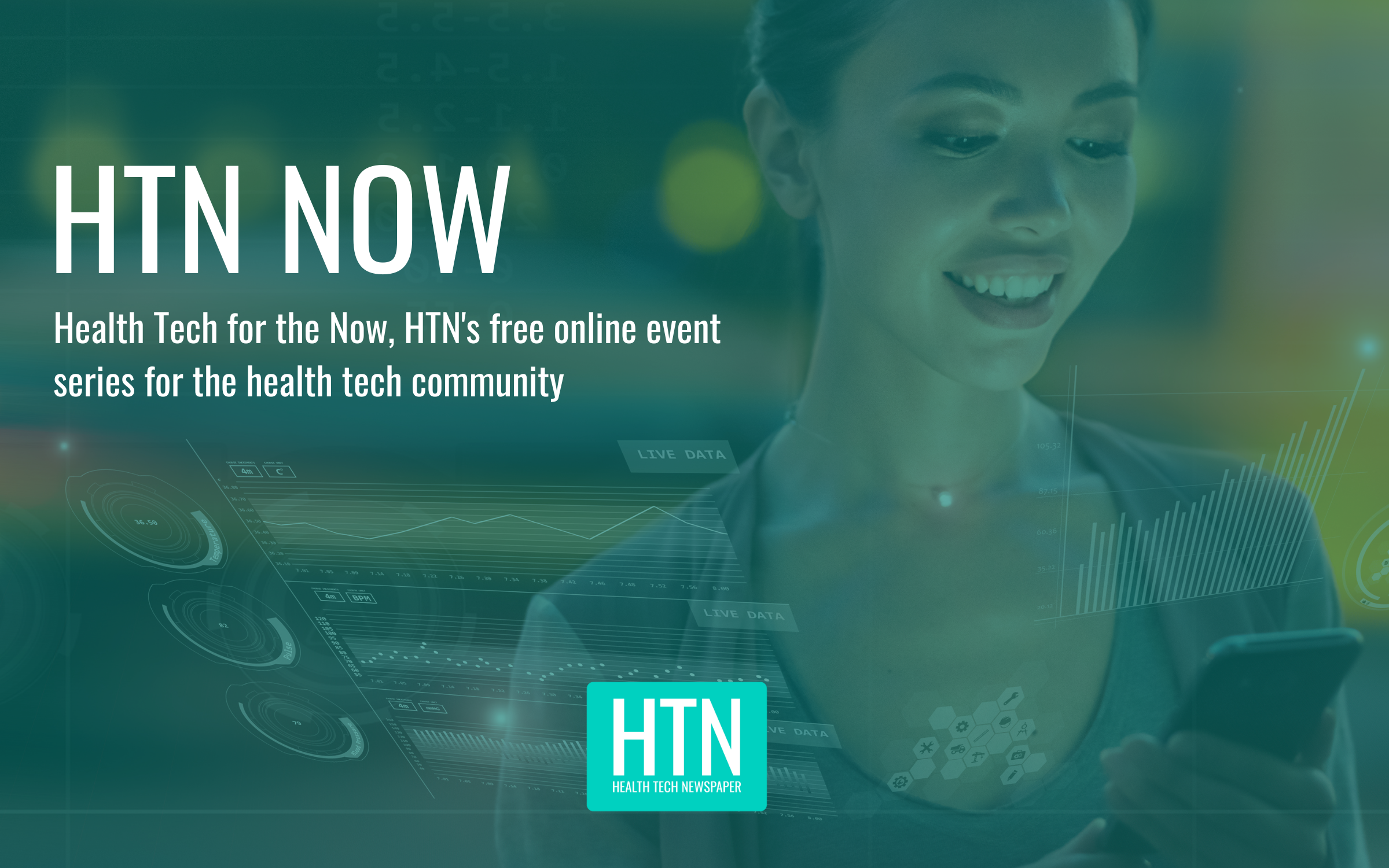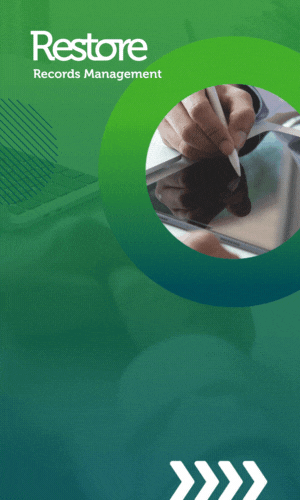As part of HTN Now April, we welcomed the digital team from Leeds Teaching Hospitals NHS Trust for a session sharing key learnings and experiences from imbedding a Criteria Led Discharge (CLD) pathway into their electronic health record (EHR), PPM+.
For this webcast, the group providing insight into how criteria led approach supports the trust’s wider strategic planning for discharge and patient flow included Georgie Duncan, Deputy CCIO; Jack Walker, Business Analyst PPM+; Gary Legge, Business Analyst Information and Insight; Ameeta Haraji, Senior Information Analyst.
To introduce the session and offer context into the relationship between the approach and the trust’s EHR, Georgie commented: “The Criteria Led Discharge and how we’ve built it is actually embedded in PPM+, which is our multi-functional electronic health record that we’ve developed and is owned by Leeds Teaching Hospitals Trust. It is a part of our overall digital healthcare record strategy.
“While PPM+ is built and owned by Leeds Teaching Hospitals, it is also shared with another organisation within our region – and that is Mid Yorkshire Hospitals NHS Trust.” Colleagues that work at both trusts, Georgie says, can see “an integrated patient care record”, which provides a “very holistic and patient-centred approach”.
Providing insight into the purpose and functionality of the PPM+ system, Georgie said: “PPM+ is a very agile and functional electronic health record… we have a range of clinical documents within it and a range of clinical notes that can be accessed by a whole range of professional groups.”
Other functionalities of the system include, “eObservations, which we have integrated (PPM+), which is the same for some of our clinical documents as well.”
Focusing on how the Criteria Led Discharge fits in to the ‘bigger picture’ of the trust’s strategic discharge priority, Georgie said: “We have a number of discharge strategic groups, which are supported by our Cracking Discharge Working Group. Within Leeds Teaching Hospitals we have a range of quality improvement measures that are then used to monitor and implement projects and procedures.
“There are a range of projects that we’re working on for digitalising discharge and managing our patient population, including one called ‘Reason to Reside’, which looks at patients and their requirements before leaving hospital.
“We’ve also introduced an electronic discharge advice note that we’re developing and recent transfer of care messaging from NHS Digital to improve the care of those patients.”
Moving on to the development of the approach, Georgie stated: “We looked at how we can surface the information that we want, and it has been an ambition for a while to have a range of functionality, which includes dashboards and widgets – flexible ways of interaction within PPM+, to surface the information in a timely, live and agile way.
“It’s then about making sure that on admission, patients are engaged in terms of what the process will be to get them discharged in a safe and timely way.”
Georgie then handed over to Jack, who explained how the ‘request for work’ started: “Anna Winfield was our first external stakeholder, whose role is to head the Discharge Collaborative. She submitted the request for work,” he continued, “it was then identified by the Senior Management Team that this work provided a huge amount of benefit for the cracking discharge process, which we’re going through at Leeds Teaching Hospitals.”
Building on the benefits of the project further, as well as explaining its core aim, Jack added: “We looked to use this piece of work to enable nursing staff to discharge patients based on criteria set by medical staff. Some of the benefits were to improve discharge rates due to clear bottlenecks of waiting for medics to complete discharges and improving patient safety as current processes were paper based.”
On the complexities of the requirement gathering process, Jack recognised that while it was easy to get patients “started on the discharge pathway”, there was a significant question around “how much criterion should we allow before it becomes more of a blocker than an enabler?”
Jack added: “In order to meet the requirements of the user being able to view when a patient is due for assessment and being able to view who is on the Criteria Led Discharge pathway, we decided to create another column which would display information that is unique to the Criteria Led Discharge work-stream.”
One of the biggest challenges Jack said was “displaying multiple sources of data at one time.” Here, the team decided to create new functionality through dashboards to enter patients onto their discharge journey.
Jack then handed over to Gary, who spoke of the collaboration between teams and stakeholders: “There were a lot of stakeholders who had influence over the reporting outputs from bed managers and operational managers responsible for the flow of patients through the hospital.” Additionally, Jack and the team in PPM+ became internal stakeholders to deliver the reporting which was required.
“We needed to structure the data and store the data in a manner that supports our analytics.” Gary continued: “We had an initial workshop to understand what our stakeholders need…and once that was ascertained, I looked at a more targeted approach to filter down the stakeholders and the people it’s going to influence – working on specific reports for their needs.”
Gary then passed it on to Ameeta, who shared a demonstration of the CLD live reports and how they are used. Starting with the purpose, Ameeta said: “The beauty of these reports are that they are live reports and they give you a snapshot across LTHT, so they give you the current live performance and it helps you plan better throughout the day.”
Not only does CLD highlight performance, it shows the individual patients who are on the pathway and what has been completed: “It also shows you the individual performance, how many patients are on the pathway, how many are completed and shows the criteria which are outstanding.”
Georgie then concluded the session to illustrate some of the benefits of a digital CLD, as opposed to a paper-based option. Starting with digital, Georgie said: “CLD can be started as soon as they [the patient] is admitted. There can be upfront discussions with the patients about it.”
The paper option, however, is lacking in “visibility” to other staff members, “particularly if staff are not working on that ward and I’m sure many of us are acutely aware of the pressures within the hospitals and perhaps not every patient is on the right ward.”
Georgie also called for a “cultural shift” within the approach to using CLD, “certainly in terms of change process – my reflection would be perhaps there is more we can do to ensure CLD is used as part of that wider discharge collaborative….and the team will continue to “embed” the CLD “as part of all the quality improvement initiatives.”
To conclude the sessions and offer some meditations on the team’s hard work at the trust, Georgie said: “For me, as a CCIO supporting this project, it has been an absolute pleasure and privilege to work alongside my colleagues,” she continued, “I’m an intensive care nurse and yet working within digital every day is a learning day. And I continue to learn not only about how we evolve our PPM+ and electronic health record but also learning about the reporting functionality and the art-of-the-possible.”
To watch the full session, please click the link below…





